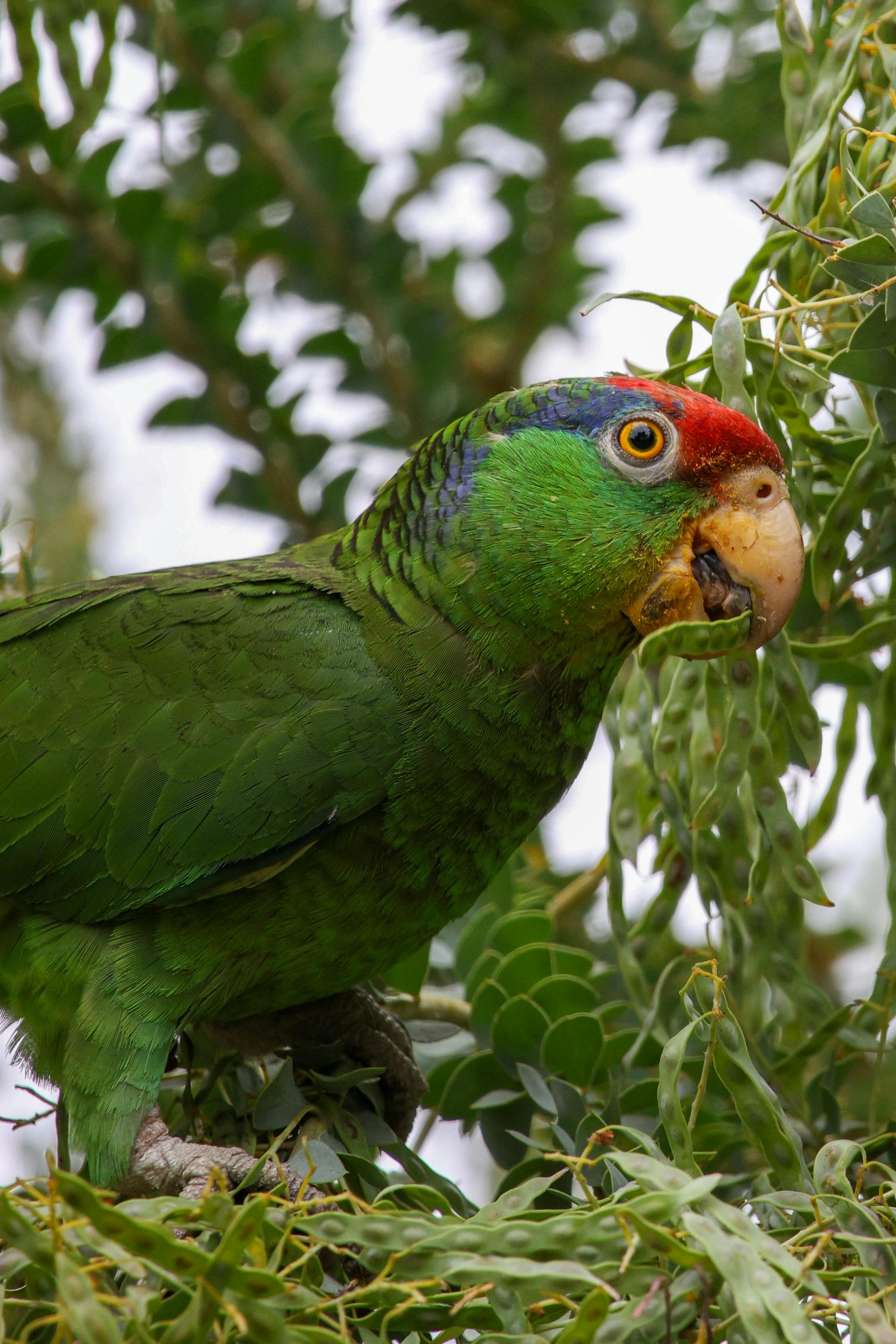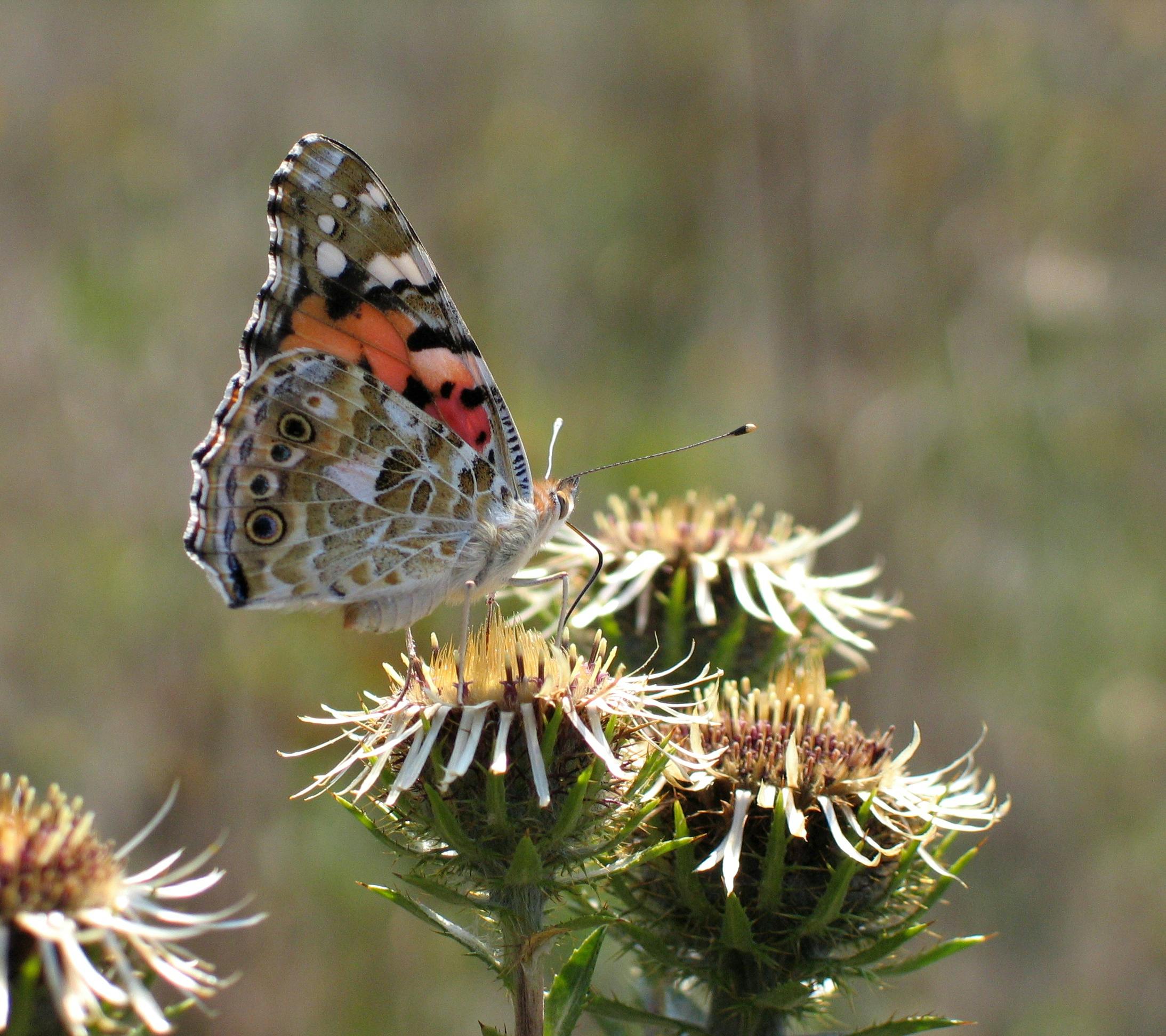Practical Guide to Detritus Worms in Your Aquarium
Detritus worms play a vital role in maintaining the health of your aquarium ecosystem. These small, often overlooked creatures are not just pests; they are beneficial detritivores that contribute to the breakdown of organic waste, thus improving water quality and supporting the overall biological filtration of your tank. In this guide, we will explore the significance of detritus worms, their care, and how they enhance your aquarium’s biodiversity. By understanding their role and needs, you can ensure a thriving aquatic habitat for your fish and plants.
With the right knowledge, you can leverage detritus worms for effective fish tank cleaning and maintain a balanced ecosystem. From worm identification to their feeding habits and reproduction, this article will provide all the essential information you need to harness the benefits of these unique aquatic invertebrates. Let’s dive into the world of detritus worms and learn how to integrate them into successful tank management strategies for a healthier aquarium.
Understanding Detritus Worms: Types and Benefits
Detritus worms, often found in freshwater aquariums, are members of the annelid family. Common species include Monopylephorus and Limnodrilus. These worms thrive in the substrate, feeding on decomposing organic matter such as fish waste, leftover food, and decaying plant material. Their presence is a positive indicator of a balanced aquarium ecosystem, as they help in the breakdown of organic waste, contributing to nutrient cycling.
In addition to their role in waste decomposition, detritus worms also ensure the health of the aquatic environment by fostering beneficial microorganisms within the substrate. These microorganisms, in turn, aid in digesting debris, thus enhancing aquarium cleanliness and improving overall water quality. This symbiotic relationship between worms and microorganisms contributes to the stability of the tank ecosystem and promotes a thriving aquarium.
Benefits of Keeping Detritus Worms
Keeping detritus worms in your aquarium comes with several advantages:
- Organic Waste Breakdown: Detritus worms consume decomposing organic matter, reducing the amount of waste accumulated in the tank.
- Improved Water Quality: Their feeding habits help in recycling nutrients, which can enhance overall water clarity and quality.
- Natural Tank Cleaners: As opportunistic feeders, these worms assist in keeping the substrate clean without excessive intervention from the aquarist.
- Enhanced Biological Filtration: Worms contribute to biological filtration processes, aiding in nutrient cycling and enhancing the health of aquatic ecosystems.
Understanding the benefits of detritus worms lets aquarists make informed decisions regarding maintaining their water parameters and creating a balanced ecosystem.
Optimal Conditions for Detritus Worms
For detritus worms to thrive, certain water conditions and tank setups must be met. The optimal temperature range for keeping these worms is typically between 68°F and 80°F (20°C to 27°C), which aligns well with many freshwater fish species. Moreover, ensuring proper water quality through regular testing for parameters such as pH, ammonia, and nitrite levels is crucial for both the worms and the wellbeing of your fish.
Worms prefer fine substrates that provide them with adequate hiding spots. For instance, mulm or fine sand offers an ideal environment for them to burrow and feed. Additionally, maintaining a good filtration system benefits both the worms and the fish by keeping the water well-circulated and free from harmful debris.
Creating the Ideal Habitat
To provide an ideal habitat for detritus worms, consider the following tips:
- Substrate Selection: Use suitable substrate types, such as sand or fine gravel, to promote worm activity and facilitate their feeding.
- Water Quality Management: Regular water quality testing ensures optimal chemical balances, fostering an environment conducive for worm populations.
- Tank Companions: Choose compatible fish and shrimp species that do not disturb the worms, allowing them to thrive and fulfill their role as beneficial decomposers.
- Feeding Strategies: Provide adequate food sources, including leftover fish food and plant matter, to ensure sustenance for worm populations.
Worm Feeding Habits and Maintenance
Detritus worms are natural scavengers, and their feeding habits primarily involve consuming decomposed organic material from the substrate. This feeds into the ecological dynamics of the tank, where they contribute significantly to nutrient cycling and waste decomposition processes. Understanding their feeding habits can improve aquarium maintenance and health.
Feeding detritus worms involves ensuring that your tank contains adequate amounts of organic matter. This includes fish waste, decaying plant material, and leftover food. Regularly monitoring the substrate for uneaten food can further optimize their feeding opportunities, ultimately maintaining balance in the ecosystem.
Common Feeding Mistakes to Avoid
While detritus worms are relatively low-maintenance, there are common mistakes aquarists should avoid:
- Overfeeding: Excessive amounts of organic waste can lead to poor water quality, adversely affecting both fish and worms.
- Ignoring Water Parameters: Regularly monitoring water conditions is essential; neglecting this can result in detrimental changes to worm populations.
- Inadequate Substrate Maintenance: Ensure regular substrate cleaning methods do not disrupt worm populations crucial for cleaning.
Worm Reproduction and Lifecycle
Detritus worms are prolific reproducers, typically through asexual reproduction via fragmentation, allowing them to multiply rapidly in a suitable environment. Under optimal water conditions and abundant organic matter, worm populations can increase significantly, improving the breakdown of waste material in the tank.
Their life cycle involves several stages, from juvenile to adult, where they continue to feed and contribute to nutrient cycling. Understanding this life cycle can be beneficial for aquarists seeking to maintain worm populations actively in their aquariums.
Recognizing Lifecycle Changes
Monitoring the life stages of detritus worms can help in assessing tank health:
- Juvenile Growth: Watch for increases in population; a healthy rising population indicates favorable conditions.
- Adults and Breeding: Recognizing adults can help in understanding reproductive behaviors and the introduction of younger worms.
- Population Decline: A sudden decrease may indicate environmental stressors that require immediate attention.
FAQ About Detritus Worms in Your Aquarium
1. Are detritus worms harmful to my fish?
No, detritus worms are generally not harmful to fish. In fact, they provide many benefits by assisting in waste breakdown and promoting a balanced ecosystem.
2. How can I increase detritus worm populations in my tank?
To increase populations, maintain optimal water conditions and provide sufficient organic matter for them to feed on, such as decomposed food and plant material.
3. What’s the best substrate for keeping detritus worms?
Fine sand or mulm works best, as it allows them to burrow and access food sources comfortably.
4. How do I identify if my tank has excessive detritus worms?
While a certain population is beneficial, an overabundance may result in poor water quality indicators like excessive waste buildup or changes in water clarity.
5. Can I add detritus worms to a newly established tank?
It's advisable to wait until the tank has cycled and established a suitable habitat to introduce detritus worms, providing them with the necessary food sources they require.


